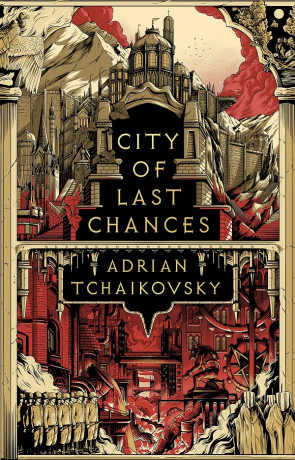
The tension in our story comes from reality collapsing (no biggie, obviously). Thus, the older species are god-like spacefarers that humans struggle to communicate with, while the younger species are something like “rats who have cured cancer.” It was a cool way to lay out all of Earth’s history and did a better job of teaching me the differences in the prehistoric eras than any high school course did. The closer to the dawn of Earth a species is from, the longer they have been around to advance their technology – and the less they resemble humans. There is this cool “strangeness” paradigm that he uses in building the societies which really tapped directly into my imagination. The story explores the question “what if the dominant species of different eras of Earth’s history kept evolving and became the dominant lifeform?” As usual, Tchaikovsky sets these ideas up brilliantly and the exploration of what a society of Trilobites looks like is fascinating. In this story, there exists a multitude of timelines dating back to the dawn of life on Earth, each with its own branching path to evolution. The Doors of Eden is about parallel Earths. As you might have guessed, I enjoyed The Doors of Eden, and I suspect that you will as well. Tchaikovsky’s latest novel has cemented him in my mind as a reliable author who always has something interesting to say and explore with his novels.


His latest book, The Doors of Eden, is the next in a long chain of satisfying and meaty stories that are nicely contained in a single novel. I am very appreciative of Adrian Tchaikovsky continually putting out solid standalone science fiction novels.


 0 kommentar(er)
0 kommentar(er)
